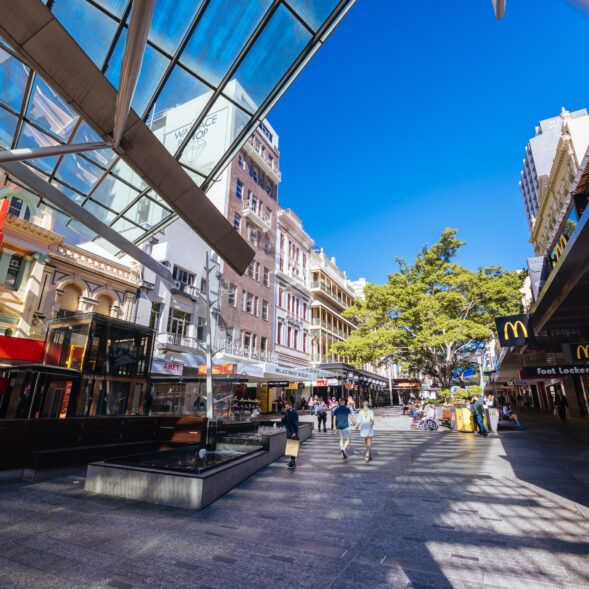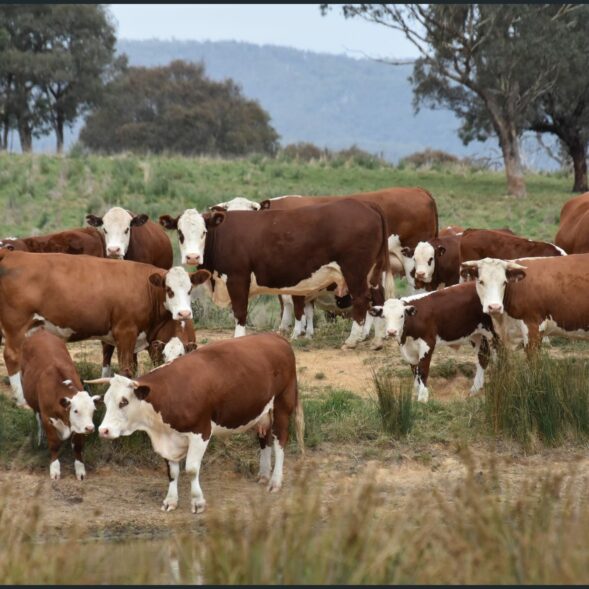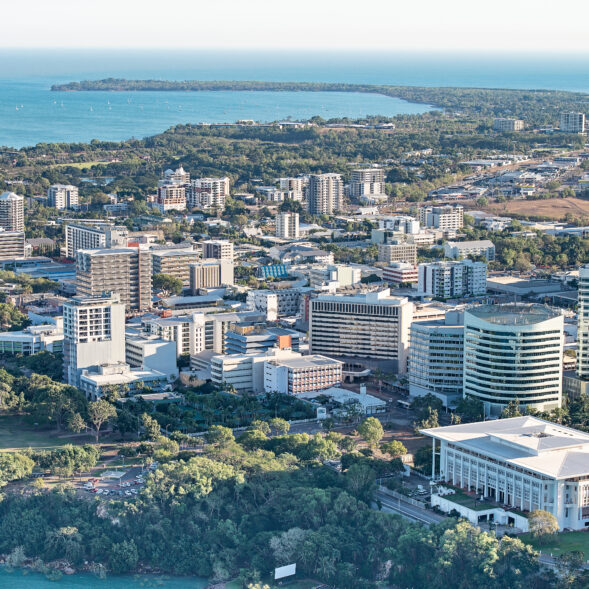With 2022 drawing to a close, there can be many takeaways from yet another challenging year within national office markets following on from the COVID-19 pandemic. The Reserve Bank of Australia increased interest rates for the first time in May since late 2010 in a bid to reduce a future economic downturn. As a result, property markets had to contend with the increased cost of borrowing which slowed momentum and saw a shift in buyer sentiment directly correlating to a reduction in properties brought to market and many campaigns being withdrawn.
The key Melbourne and Sydney office markets have demonstrated some resilience with sales volumes up on the previous pandemic affected year, however the overall national volume of sales is reportedly some 43 per cent down on the yearly average over the past decade. The slowdown is due to several factors including global macroeconomic pressures however the substantial cost of capital is having the biggest effect. The office markets are undergoing a transitionary period during the current rising interest rate cycle whereby vendors are still coming to terms with a repricing phase because of softening yields. Whilst there is still capital for funding, there is an ongoing mismatch between buyer and vendor expectations. As a result, transactions are stalling. With most economists forecasting further interest rate rises, we expect to see continued softening in investment yields with secondary located buildings with low occupancy being more susceptible than others.
Moreover, it has been a tough year for CBD office leasing nationally with vacancy rates being at (or near to) record levels. With flight to quality and flight to experience currently in full effect, tenants are seeking to trade up for minimal increased cost. Incentives within most major CBD markets are at record levels, reported at up to 45 per cent in some sectors, however this has been offset by slight increases in net face rents. With the amount of supply starting to reduce in 2023 and 2024, we expect to see a decrease in the CBD vacancy rates throughout 2023 and into 2024.
On the positive side, the unemployment rate fell to 3.2 per cent as at June 2022 and there are signs that inflation may have peaked based on the October ABS CPI figures. This should lead to an uptake in tenant demand with many businesses cashing in on what is a great opportunity within the market given current incentives for prime grade CBD stock. Coupled with the continued growth of employees returning to the CBD, there may yet be more upside in 2023.
In summary, unlike the Global Financial Crisis where debt was not available, there is still substantial capital in the market trying to find a home. Whilst the early part of 2023 may be subdued due to the reset in the market currently underway, we should see an uptick in activity in the latter half of 2023 once the market is confident we have reached the top of the interest rate cycle.
Jason Stevens
Director









